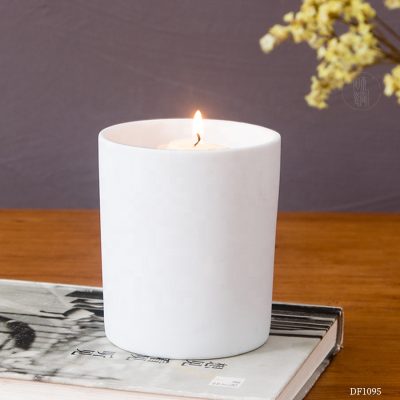Candle makers, chemists and dermatologists answered that question.
Fragrance is invisible, but its ability to improve human mood and the environment is powerful.
Millions of people have sought solace in scented candles during the pandemic. This is a result of the lockdown and an awareness of skin and self-management.
Sales of scented candles in the United States are forecast to approach $4 billion in 2021, compared with about $3.7 billion in 2020, according to Kline & Company, a research firm. Sales of scented candles in the U.S. last year were up 17 percent from 2019.
Lighting scented candles is becoming a new skincare trend in the US. Just as people want to know what ingredients they’re putting on their skin, research ingredient lists, reviews and influencers have spilled over into scented candles.
Consumers want to know what they’re inhaling. Some brands claim soy-based scented candles are better for inhalation, while most commercial candles are made from paraffin wax, which can pose health risks as it is a by-product (processed product) of petroleum.
Many experts dismiss this claim. Paraffin candles, when used as directed, are not harmful when inhaled, according to a dermatologist.
But sales of soy candles have grown 180 percent in the past year, outpacing sales of other ingredients for scented candles, according to data.
Are soy candles really safer? A common belief among customers is that soy or beeswax candles are natural.
“It’s not clear whether paraffin wax and soy wax are really different,” said Katie Thomas, director of The Coney Consumer Institute.
Kathy LaVanier, chief executive of the Renegade Candle Company, a Candle maker, and a former president of the National Candle Association, believes neither wax poses a health risk. According to Lavanier, how “clean” a candle burns, that is, how fast it burns and how much visible soot it produces, is determined by the burning properties of the aromatic oils inside the candle.
According to chemist Marissa Plescia, “There are no studies showing how much soot is inhaled from candles, and how much is excessive and harmful to humans is unknown.”









